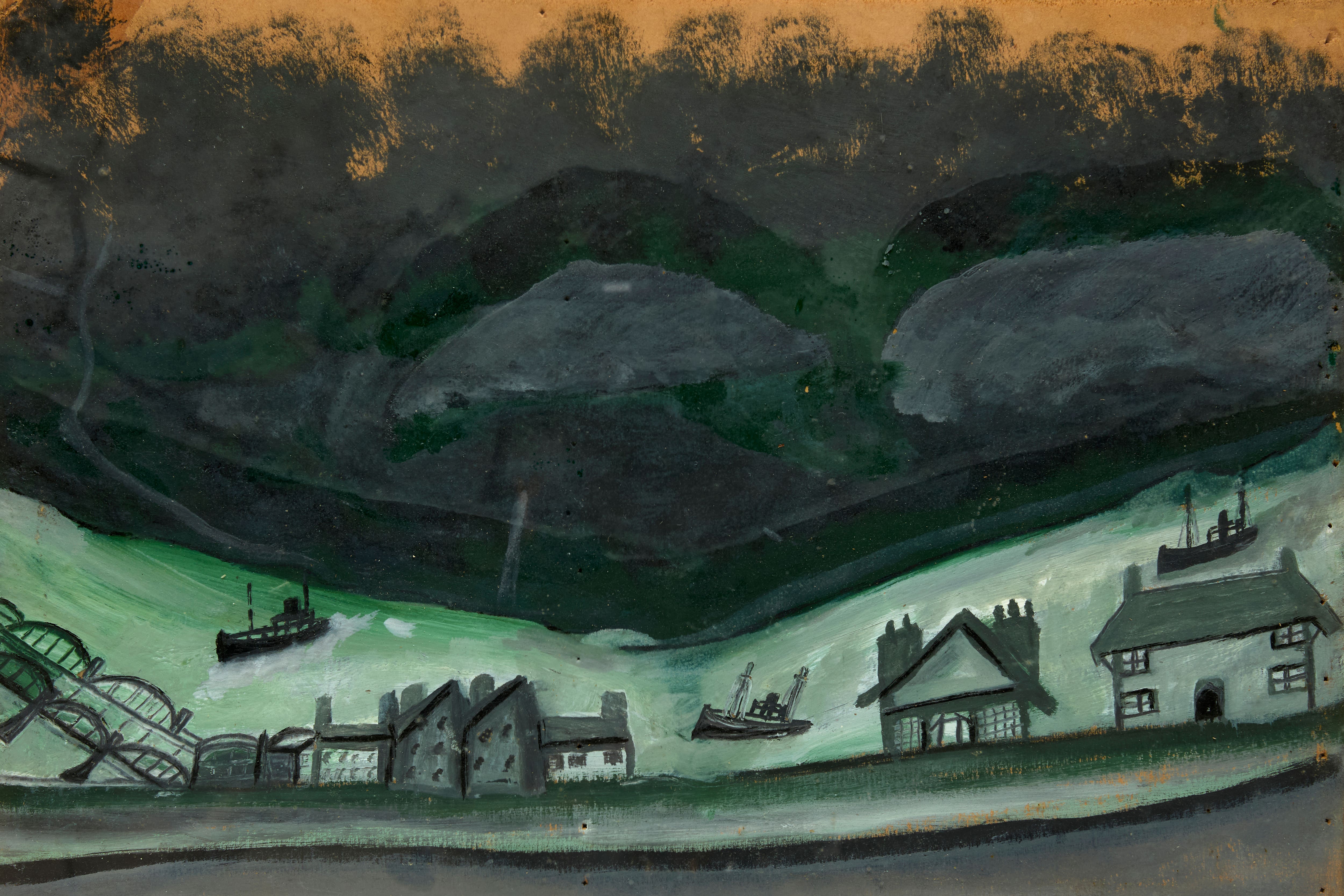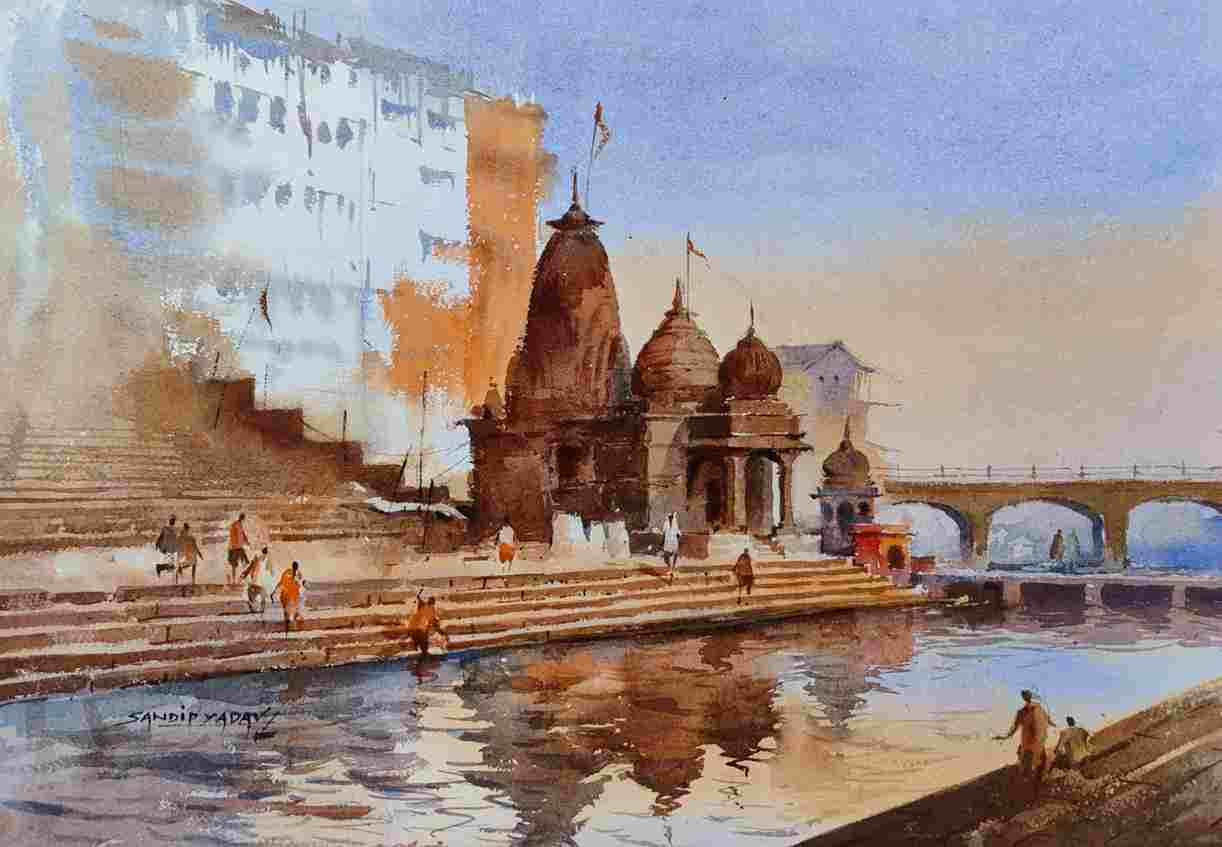Artistic Travel Storytelling: Capturing the World Through Your Lens
In the realm of photography, the art of artistic-travel-storytelling is a powerful tool that professional photographers wield to bring the world into focus through their unique perspectives. Whether you're exploring the vibrant streets of Marrakech or the serene landscapes of Scandinavia, crafting a narrative through your lens transforms simple photographs into compelling stories that resonate with audiences worldwide.
As professional photographers, the ability to tell a story through images is crucial. The art of artistic-travel-storytelling is not just about capturing a moment but weaving a narrative that speaks to the heart of the viewer. It's a skill that elevates your work, allowing you to create evocative and memorable images that stand out in the crowded world of travel photography.

The Essence of Artistic Travel Storytelling
At its core, artistic-travel-storytelling involves more than just snapping pictures of beautiful locations. It's about capturing the essence of a place and its people, creating a visual narrative that evokes emotion and curiosity. This style of photography requires a deep understanding of your subject, a keen eye for detail, and a passion for storytelling.
When embarking on a journey, a professional photographer should aim to capture not only the picturesque landscapes but also the cultural nuances and local stories that define a location. This approach transforms travel photography into a storytelling medium, where each image contributes to a larger narrative.
Choosing Your Subject
The first step in artistic-travel-storytelling is selecting the right subject. This could be a bustling market, a quiet alley, or a local artisan at work. The key is to find subjects that intrigue you and have a story to tell. This story can then be woven into a larger narrative that encapsulates the spirit of your travels.
For instance, photographing a local market can offer a glimpse into the daily lives of residents, showcasing the vibrant colors, textures, and interactions that define the area. These images can then be linked together to tell a story of the community's culture and traditions.
Techniques for Compelling Visual Storytelling
Once you've chosen your subject, it's important to employ techniques that enhance your narrative. This includes mastering composition, lighting, and perspective to create images that are both visually stunning and narratively rich.
Composition and Framing
Composition is a fundamental aspect of artistic-travel-storytelling. It involves arranging the elements within your frame to guide the viewer's eye and convey your intended message. Techniques such as the rule of thirds, leading lines, and framing can help create dynamic and engaging compositions.
For example, using leading lines can draw the viewer's eye into the scene, creating a sense of depth and movement. This technique is especially effective in landscapes and cityscapes, where natural or architectural lines can enhance the narrative.
Lighting and Mood
Lighting plays a crucial role in setting the mood and atmosphere of your images. Understanding how to manipulate natural and artificial light can transform ordinary scenes into extraordinary stories. The golden hour, for instance, offers soft, warm light that can add a magical quality to your photographs.
Experimenting with different lighting conditions can also help you convey different emotions. A brightly lit scene may evoke feelings of joy and vibrancy, while a dimly lit setting can create a sense of mystery and intrigue.
Incorporating Local Culture and People
One of the most captivating aspects of artistic-travel-storytelling is the opportunity to showcase the local culture and people of the places you visit. Capturing portraits of locals, documenting traditions, and highlighting unique cultural elements can add depth and authenticity to your narrative.
Engaging with locals and gaining their trust is essential when photographing people. Building rapport and showing respect for their customs will not only enrich your experience but also result in more genuine and impactful images.
Creating a Consistent Visual Style
Developing a consistent visual style is important for creating a cohesive story. This involves maintaining a uniform aesthetic across your images, such as consistent color tones, contrast levels, and composition techniques.
Consistency in your visual style helps to unify your images and create a seamless storytelling experience. Whether it's through the use of vibrant colors, moody black and whites, or a minimalist approach, your style should reflect your personal vision and enhance the narrative you're telling.
Bringing Your Stories to Life
Once you've captured your images, the next step is to bring your stories to life. This can be achieved through various mediums, such as photo books, exhibitions, or online platforms. Sharing your work allows you to connect with a broader audience and inspire others with your unique perspective.
Online platforms, in particular, offer a vast audience for your work. Consider creating a blog or social media account dedicated to your travel stories, where you can engage with fellow photographers and travel enthusiasts. You may find inspiration in articles such as Artistic Souvenirs or Travel Diary Art which provide insights into enhancing your visual storytelling.
Additionally, exploring external resources like Tripscholars can provide further inspiration and knowledge to enrich your journey in artistic travel storytelling.

FAQ
Q1: How can I improve my artistic travel storytelling skills?
A1: Practice is key. Continuously challenge yourself to capture different stories in various locations. Study the work of other travel photographers and learn from their techniques and styles.
Q2: What equipment is essential for artistic travel storytelling?
A2: While high-quality cameras and lenses are beneficial, the most important tools are your creativity and vision. A versatile lens, a sturdy tripod, and a reliable camera can help you achieve great results.
Q3: How do I approach locals for photographs?
A3: Approach with respect and sensitivity. Introduce yourself, explain your project, and ask for permission. Building a connection will often lead to more meaningful and authentic photographs.

